As an employer, if you are using compressed air for breathing, you have a legal and moral duty of care to ensure that the breathing air meets the quality required standards for use, and those standards are high.
In the UK, standard BS EN 12021 (often cited as en12021) governs breathing air quality testing. However, depending on your use, there might be other considerations, creating a complex set of requirements your compressed air system must meet.
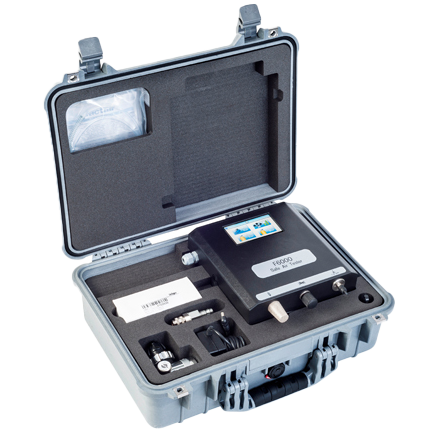
Why breathing air quality testing is essential
The breathing air risk most people think of is asphyxiation. This can be a real danger if sufficient oxygen is not supplied (hypoxia), especially in spaces where it might not be noticed, such as a nitrogen environment. But there are many other unseen risks from low-quality breathing air.
Air can contain many contaminants that can have harmful effects on health. These contaminants shall be kept to as low a level as possible and shall not be present at a concentration that can cause toxic or harmful effects. Some particulates, for example, can have a cumulative effect, remaining in the lungs and creating respiratory health problems years later. Another, shorter-acting, example is carbon monoxide (CO). This is an odourless, tasteless gas that forms a much stronger bond with blood cells than oxygen, and remains attached for hours, even with treatment. However, because it takes time for the symptoms to manifest, and they can be subtle, someone can have been breathing it for hours without realising it. Other common contaminants include oil mist, water vapour, and excess carbon dioxide ($CO_2$).
These invisible risks make it vital to test the quality of the air to ensure that users of Respiratory Protective Equipment (RPE) are not facing a greater — if different — danger than the environment they are in.
Air Quality Testing
Our testing services
Our testing services will assess every aspect of your compressed breathing air. As well as testing the oxygen level, we will also check to ensure there’s nothing that you don’t want in your air. This will include sampling for toxic gas like carbon monoxide and carbon dioxide, water vapour (measured as pressure dew point), oil (mist and vapour), and particulates.
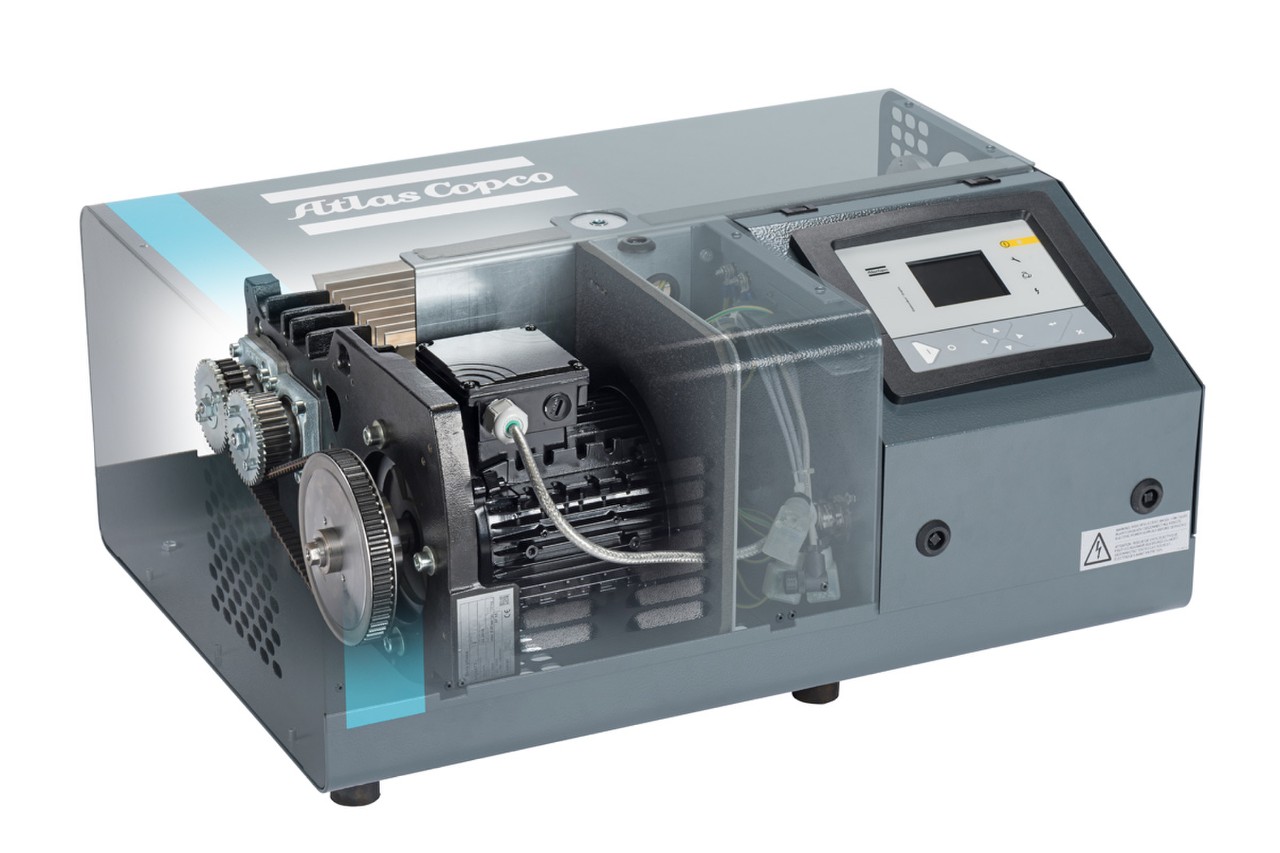
Compliance and standards
BS EN 12021 sets a baseline of quality for breathing air. This standard states that breathing air must not contain any contaminants at a concentration which can cause toxic or harmful effects. It specifies limits for things like the levels of oxygen, carbon monoxide and carbon dioxide, oil, water, and other pollutants.
The guidance from the HSE (Health and Safety Executive) in document HSG53 is that compressed air quality testing should take place at least every 3 months. However, this is a minimum frequency. The exact frequency of such tests should be based on a formal risk assessment. Testing should also be repeated whenever there is a change that could affect the quality of the air. This might include operational changes that can affect intake air, moving a mobile air compressor or even a change in the prevailing wind for compressors that are exposed to the elements.
However, although EN 12021 relates to breathing air quality, there is a raft of other applicable regulations. These will include the Health and Safety at Work etc. Act 1974, personal protective equipment (PPE) regulations, and the Control of Substances Hazardous to Health (COSHH) regulations. Under COSHH, employers have a duty to assess and control risks in the workplace. Some specialist users might also need to meet the standards from The Work in Compressed Air Regulations 1996, which covers work in areas that are at a higher air pressure than normal, atmospheric pressures.
The sheer wide range of regulation and guidance, along with the importance of ensuring air is safe to breathe, makes professional testing essential.
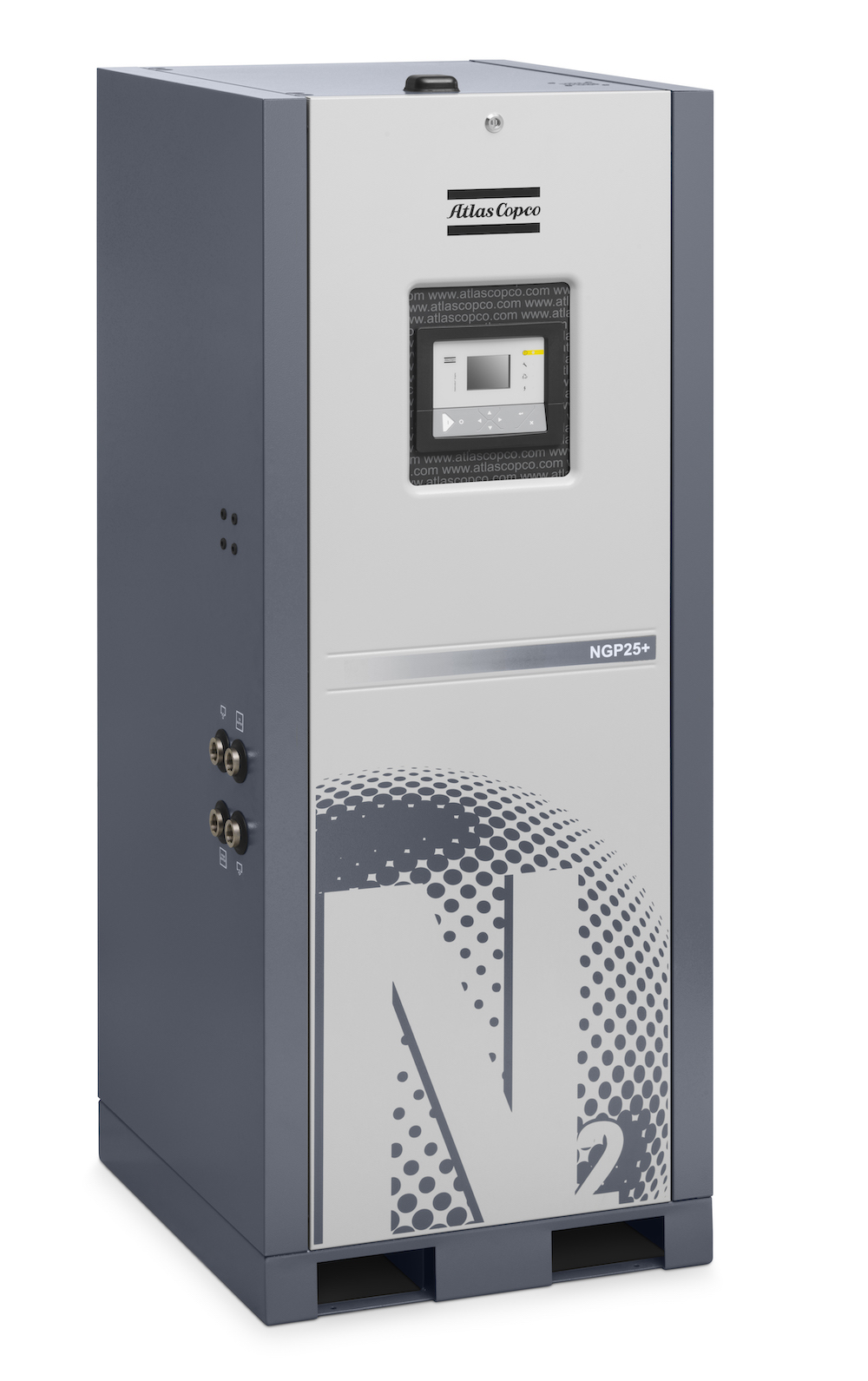
How breathing air is tested
Our engineers use calibrated testing equipment to test the air at a range of test points in the system, ideally at the point of use, over a period of at least fifteen minutes. From this, they can provide an accurate assessment of the content of the air, ensuring it meets standards and confirming other conditions like flow rate, pressure, and air temperature are suitable.
If we detect any anomalies, the use of different test points means we can quickly isolate and rectify any issues. And, afterwards, we can provide a certificate of testing, so you can document that you are meeting all your legal duties. This documentation is a key part of your COSHH records.
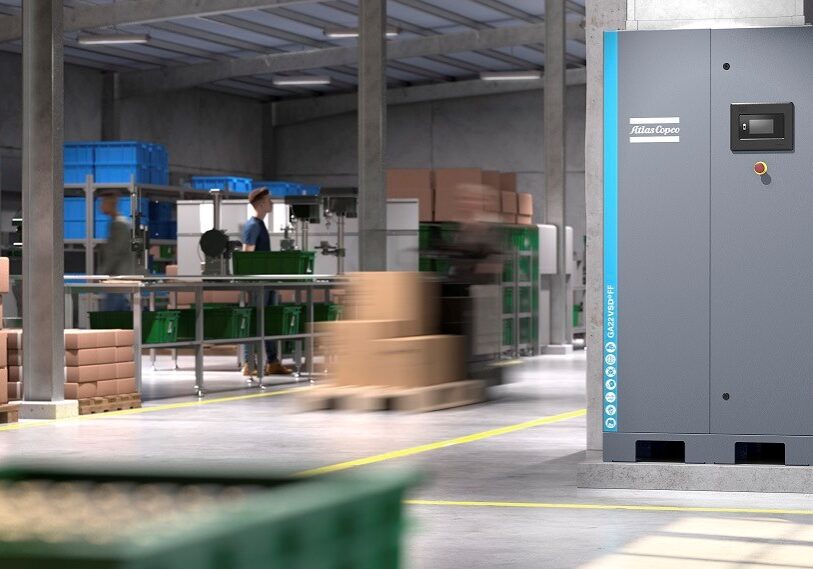
Achieving and Maintaining Compliant Air
Testing verifies the quality, but achieving it requires the right equipment. The source of compressed air is rarely clean enough for breathing. Standard compressed air must be treated using a dedicated purification system, as an "oil-free" compressor does not remove contaminants from the intake air or pipework.
A multi-stage purification system is essential and typically includes:
- A water separator and coalescing filter to remove bulk water and oil aerosols.
- An air dryer (usually desiccant) to achieve the required pressure dew point and prevent water from condensing downstream.
- An activated carbon filter to remove oil vapour, odours, and tastes.
- A final particulate filter to remove any other solid particles.
This filtration train, or "filter" pack, ensures that the air supplied to the respirator is compliant with BS EN 12021.

Getting your breathing air tested
Whether you only need a breathing air test to meet the minimum of every three months, or more frequent testing based on your risk assessment, we can help.
We can include breathing air tests in all our service plans, or even offer a standalone service. Our hassle-free plans mean you can leave everything to us, even tracking when tests are due, and all remedial work can be included in our single monthly fee.
Whether you want to consult an expert to make sure you have the testing regime you need, schedule a test, or let us take care of everything with a service plan, just get in touch. Then you can rest easy, ensure the safety of your staff, and know that your compressed air system is compliant and in expert hands.
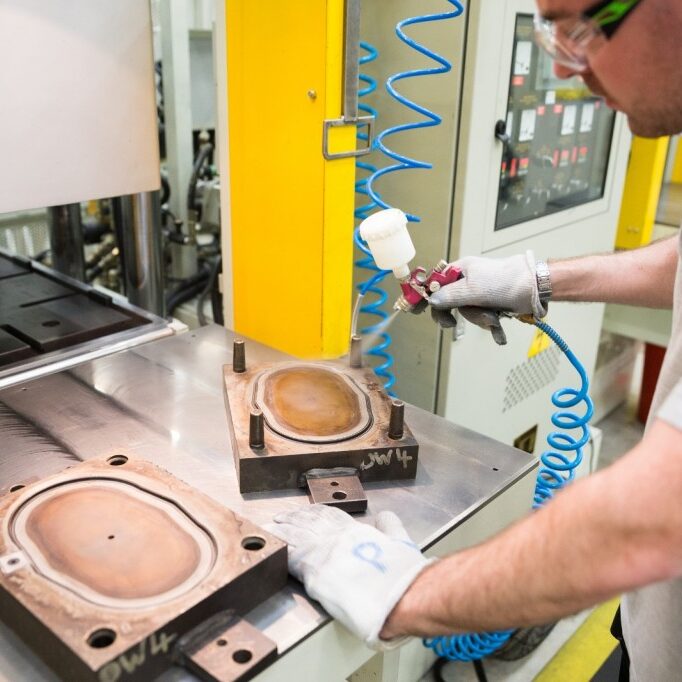
Frequently Asked Questions
BS EN 12021:2014 states that breathing air shall not contain contaminants at a concentration that can cause toxic or harmful effects. The key limits are:
- Oxygen (O2) : 21% ± 1%
- Carbon Monoxide (CO) : ≤ 5 ppm
- Carbon Dioxide (CO2) : ≤ 500 ppm
- Oil (mist & vapour) : ≤ 0.5 mg / m3
- Water (Dew Point): Must be low enough to prevent condensation. If the lowest usage temperature is unknown, the pressure dew point must not exceed -11°C.
- Odour & Taste: The air must be free from any significant odour or taste.


